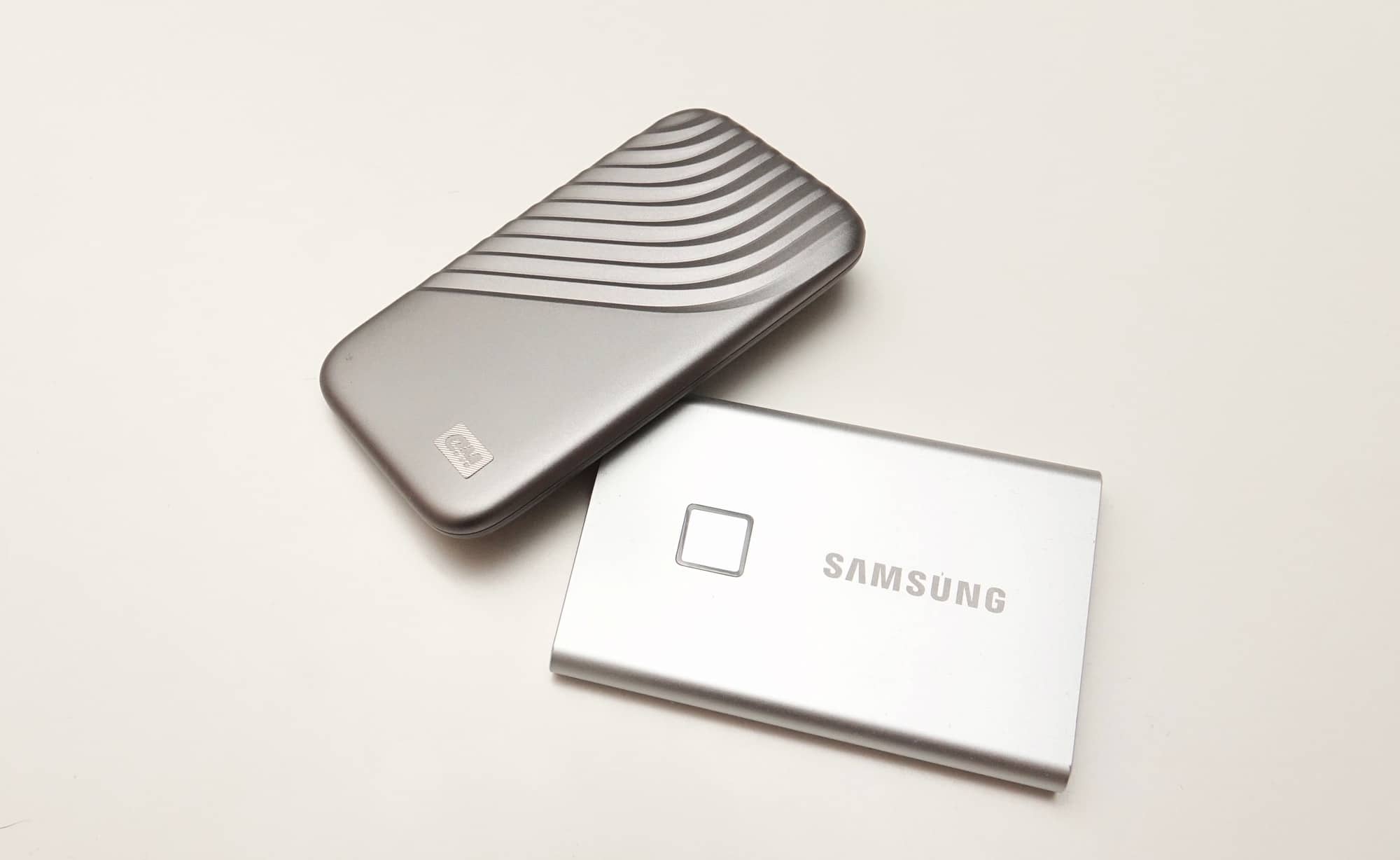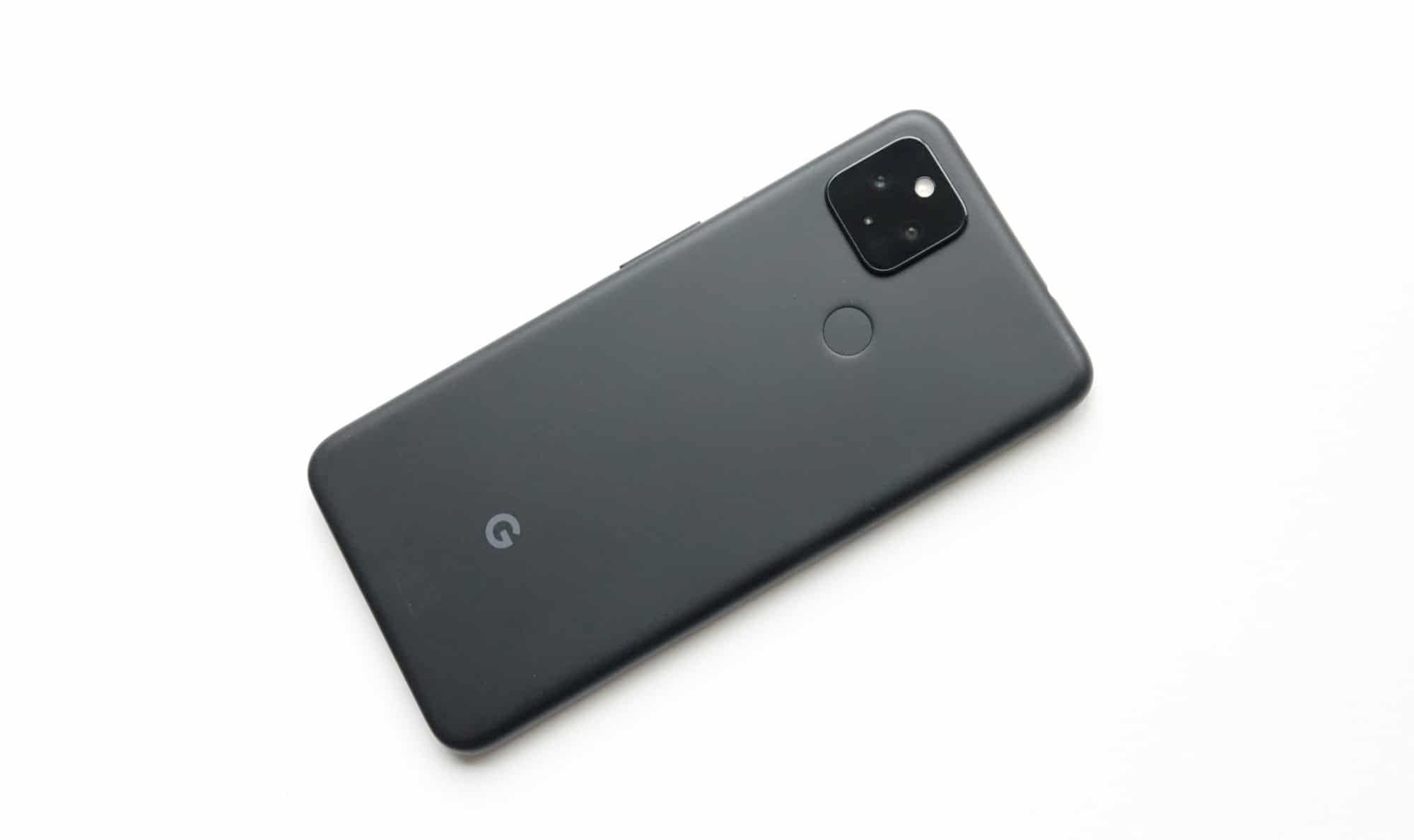One of Google’s best policies is set to disappear, as the unlimited photo library becomes startlingly more limited.
We’ll always tell you that backing up your life is crucial, and when companies have made that easier by way of free initiatives, it has been extremely helpful.
For instance, you can get a very small amount of storage free with your iPhone on an iCloud account, which does let you back up some images, but also encourages you to pay monthly for a larger amount of storage. The same is true on Dropbox, on Box.net, and on pretty much every other cloud storage service found online, with the policy of “a small free amount for everyone, followed by more storage for money for those who happen to pay”.
It’s a pretty simple approach, though it’s one not everyone went with.
For several years now, Google has offered unlimited free photo storage for photos uploaded in high quality to its Google Photos library, allowing anyone to upload free photos using the app without needing to worry about storage concerns. Or not entirely, anyway, as you could upload to your Google Photos in the original file in a way that would affect your storage quota, or switch to a slightly reduced “high resolution” size in one that wouldn’t.
The idea was simple: sacrifice a little bit of quality for an unlimited backup of your photos using the Google Photos app. It made sense for many, and provided folks on Android and iOS alike a way to backup and store their photos in the cloud that was largely set and forget. All you had to do was install the app, occasionally run it, and you were good to go.
But all of that is about to end, it seems, as Google pulls the plug on free.
Google Photos’ unlimited free ends on June 1, 2021
The year 2020 has been weird enough, so let’s throw something in just to make it seem a little more on brand: Google Photos’ unlimited free photo library is ending, though Google is at least making it happen in the middle of next year.
Essentially, once this date kicks in, everyone — Australians and the rest of the world — will find uploaded images taking space from the Google free account quota of 15GB that everyone gets. It means the idea of “free unlimited photos” disappears, and any new uploads won’t be free, but will be counted against your current Google Account storage, shared across Google Photos, Google Drive, and Gmail.
Google has said that any photos or videos uploaded before June 1, 2021 will be excluded from the policy, which means anything uploaded in the past several years and from now up until that date also won’t be counted, so the memories already in your Google Photos account will continue to not count against your quota regardless. But from that date on they will, unless you have a Pixel phone, which includes a Google Pixel 5, Pixel 4a, or even something older, including the Pixel 3a, Pixel 2 XL, or a classic Pixel XL that could still be kicking around.
What this means is that from June 1, 2021, uploads made to a Google Photos library not from a Pixel phone will count against the free 15GB of storage that comes with every account, and one that might already have a fair chunk of the data taken up by a Google Mail account, especially if you’ve not gone through it to delete old files.
It is, indeed, a frustrating change, and one that may deeply hurt folks who have relied on the idea of free to keep their photos in a safe place, though it’s one that can feel like Google is trying to force customers who have relied on this idea to a place where paying is a necessity.
Paid cloud storage is the future of free
Where Google posted the news, over at the Google Photos blog, the messaging can be a little weird.
“Since so many of you rely on Google Photos to store your memories, it’s important that it’s not just a great product, but also continues to meet your needs over the long haul. In order to welcome even more of your memories and build Google Photos for the future, we are changing our unlimited High quality storage policy,” wrote Shimrit Ben-Yair, Vice President of Google Photos on the blog post where the news was published.
But it is hard to imagine that a change from free to paid after such a long time of remaining free is how Google “continues to meet your needs over the long haul”.
Rather, the end of the blog post is a little more telling, with Ben-Yair noting that
“If you decide you want more space, you can always expand your storage through Google One. Plans start at $1.99 per month in the U.S. for 100 GB of storage and include additional member benefits like access to Google experts, shared family plans and more.”
We don’t think anyone would be properly surprised about this, and this is largely what everyone is doing.
If you want more storage for an iPhone’s iCloud account, you simply buy more. You might even consider the Apple One stuff, which bundles it with Apple’s services. You might pay for more storage on Dropbox, and on any number of other services, so Google’s backflip going from a sort of free-for-all to paid-if-you-want-it is hardly unexpected.
But it’s not altogether nice, and while business is rarely nice — that there’s no such thing as a free lunch — it’s harder to make an argument that Google’s 180 is a way to make its Google Photos product better.
So what can you do?
How to backup your photos now that Google’s unlimited library is going away
To help you deal with how much storage you have that might be doing nothing but taking up space, Google is building a tool that will launch next year to look at potentially useless images that are blurry, too dark, and unintentional uploads, all to help you delete them and cut back on wasted space.
Before you get to that point, Google has suggested its personalised estimate service on Photos to give you an idea of how often you upload to Google Photos, and about how much storage you have left across Google Photos, Google Drive, and Gmail.
But outside of these, it might be time to weigh up where you upload your files to.
If you’re happy with Google Photos, and if you regularly use the service across other devices, such as a Google Home or Google Nest smart display, you may want to opt for a Google One plan to give you more storage overall, especially if you’re thinking of sharing it with a family. That may end up helping people with several devices, regardless of whether they use an iPhone or Android, though especially if they do on the latter.
iPhone owners relying on Google Photos may want to consider making a switch to iCloud, especially given some of the flexibility afforded in the family plans, which like Google’s supports several people on one account. And there are other services, as well, such as Microsoft OneDrive, Dropbox, and others.
Alternatively, you can regularly back up your photos to either a computer or plug in an external drive, of which you can find thumb drives that plug into phones whether they run the microUSB port, the Type C USB port, or even Apple’s Lightning port. Relying on this method is a little more about how good you are, because manual backups are often patchy, and can’t run in the background.
Cloud backups typically make the most sense, and they often require little to no effort on your part, and can often be performed while you’re doing other things, making the backups less patchy in case anything happens.

Google Photos’ unlimited free storage ends in June 2021
For now, folks happily using Google Photos for its definition of unlimited and free can keep using it, with the service not scheduled to end until near the middle of 2021.
Folks with a Pixel will keep being able to upload free after that, and if you have a spare Pixel, that might just be your way around it, though we need to find out whether Google is limiting the free uploads to photos shot on a Pixel or photos uploaded by one, as the two are very different. As a point, a photo shot by a Google Pixel will feature that listing in its meta-information, while a photo merely uploaded by one could be from any phone or camera and would list that model in its meta-information.
Right now, our guess is that it’s limited to the phone making an upload, and so if you have an old Pixel — or even a new one — you might be able to get around Google’s changes simply by transferring the photos to the Pixel and uploading that way.
But it’s a still a manual process, and if you’re keen to backup to the cloud automatically, it might be time to work out which cloud storage provider you plan on going with, or regularly keeping your free quota of files at the free quota you’re given.








